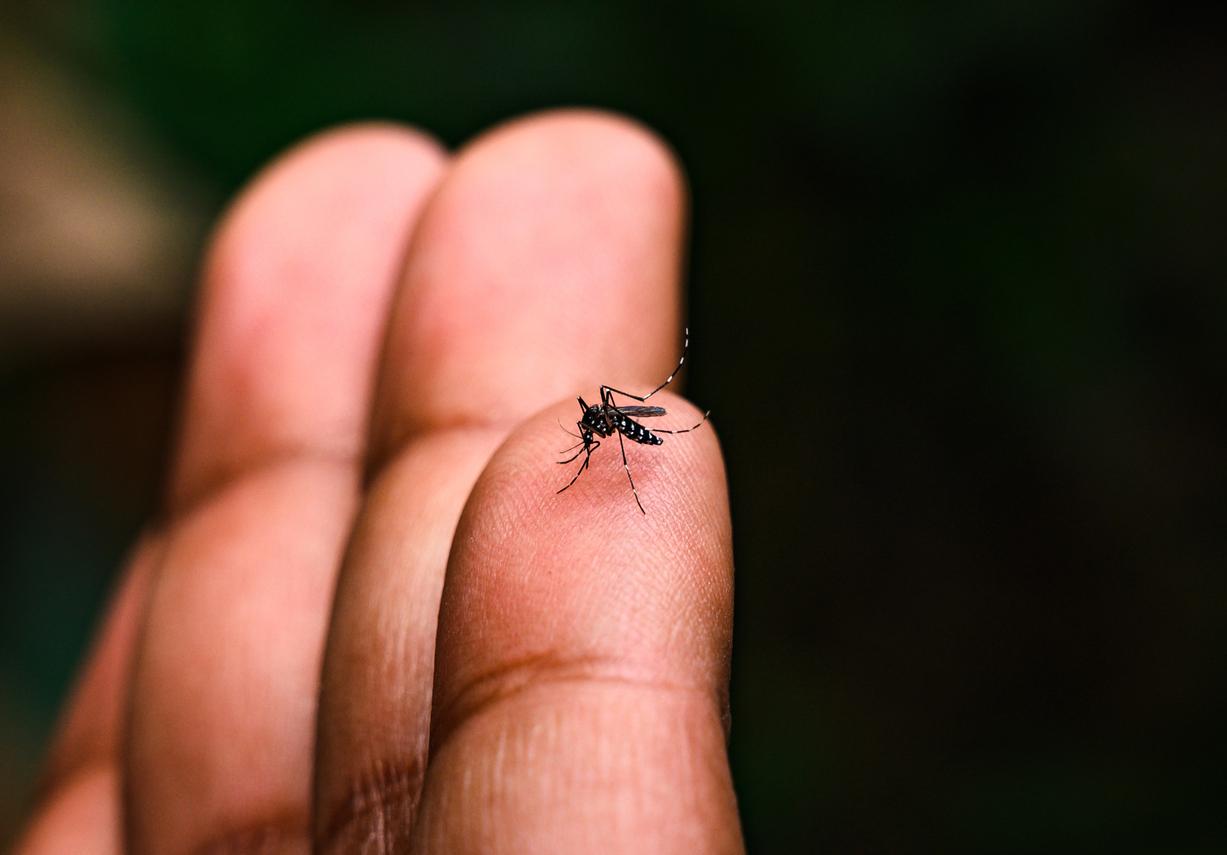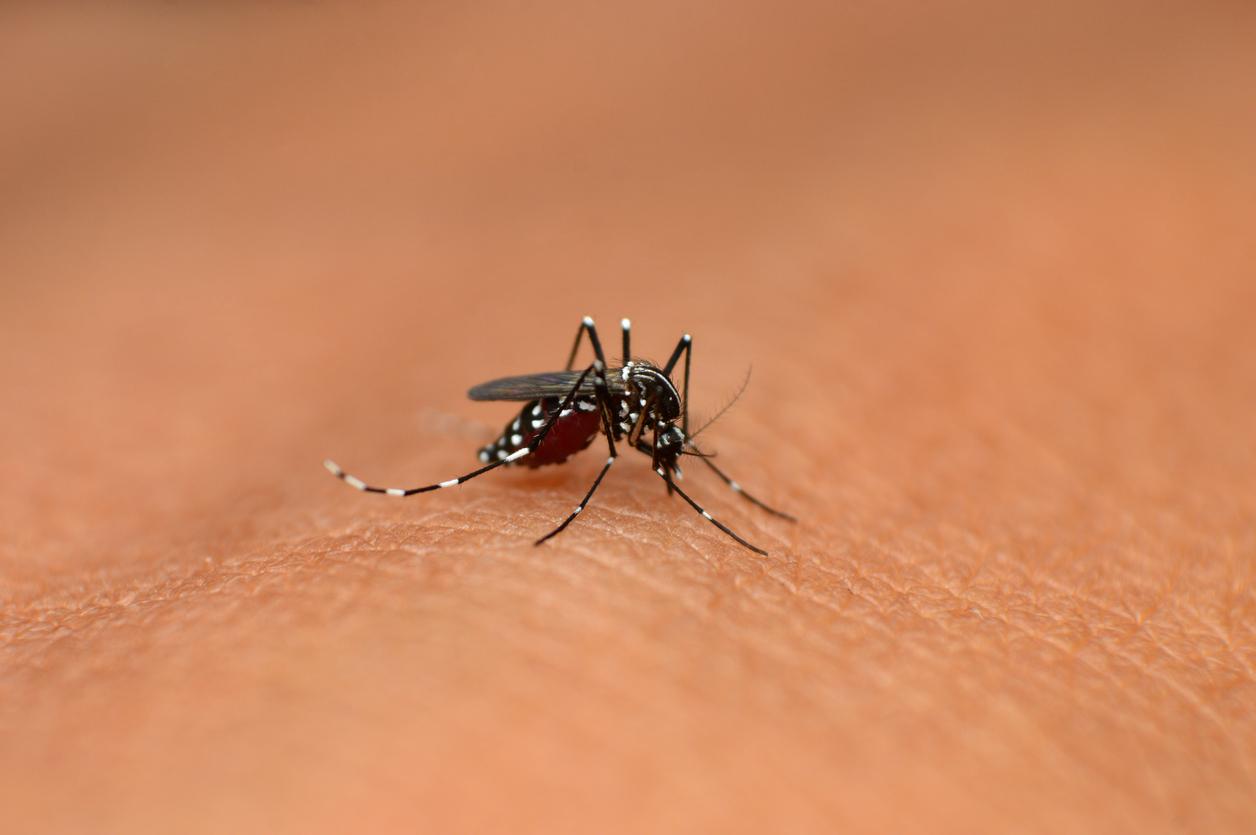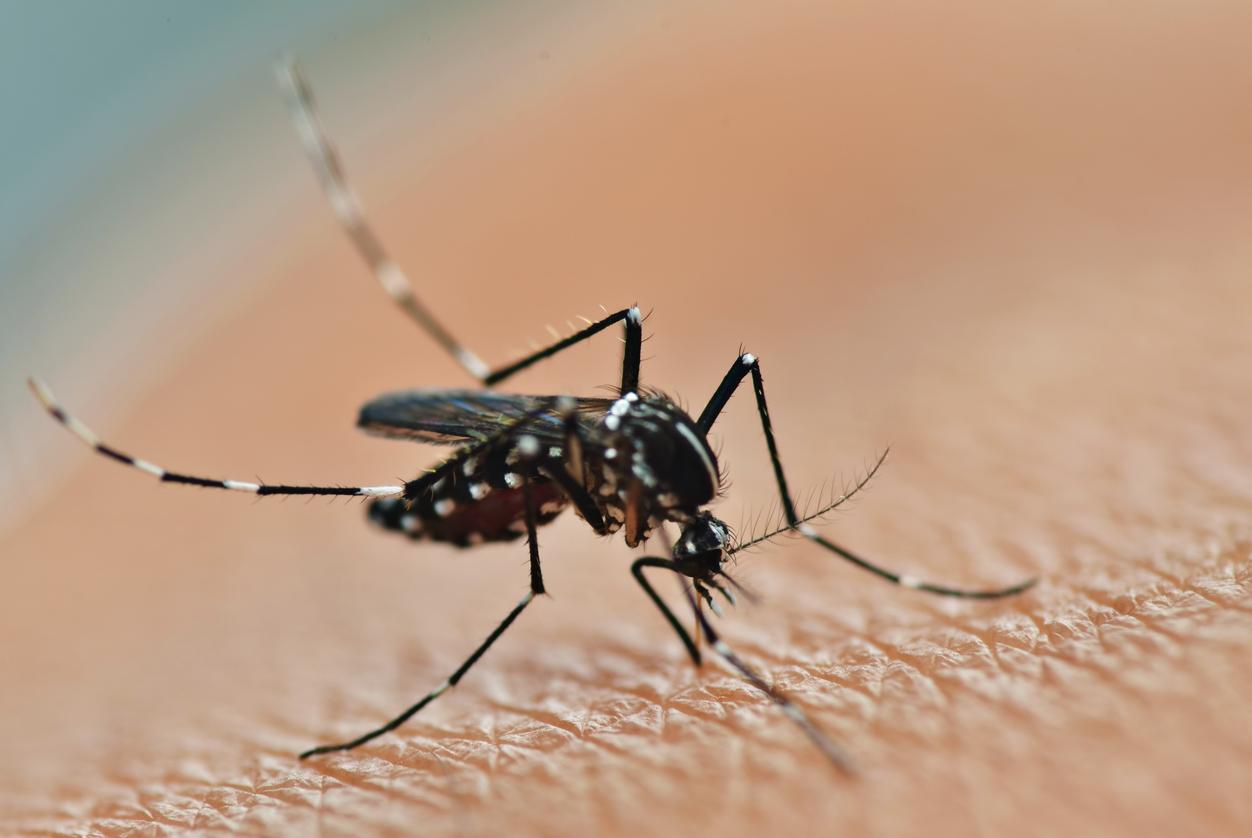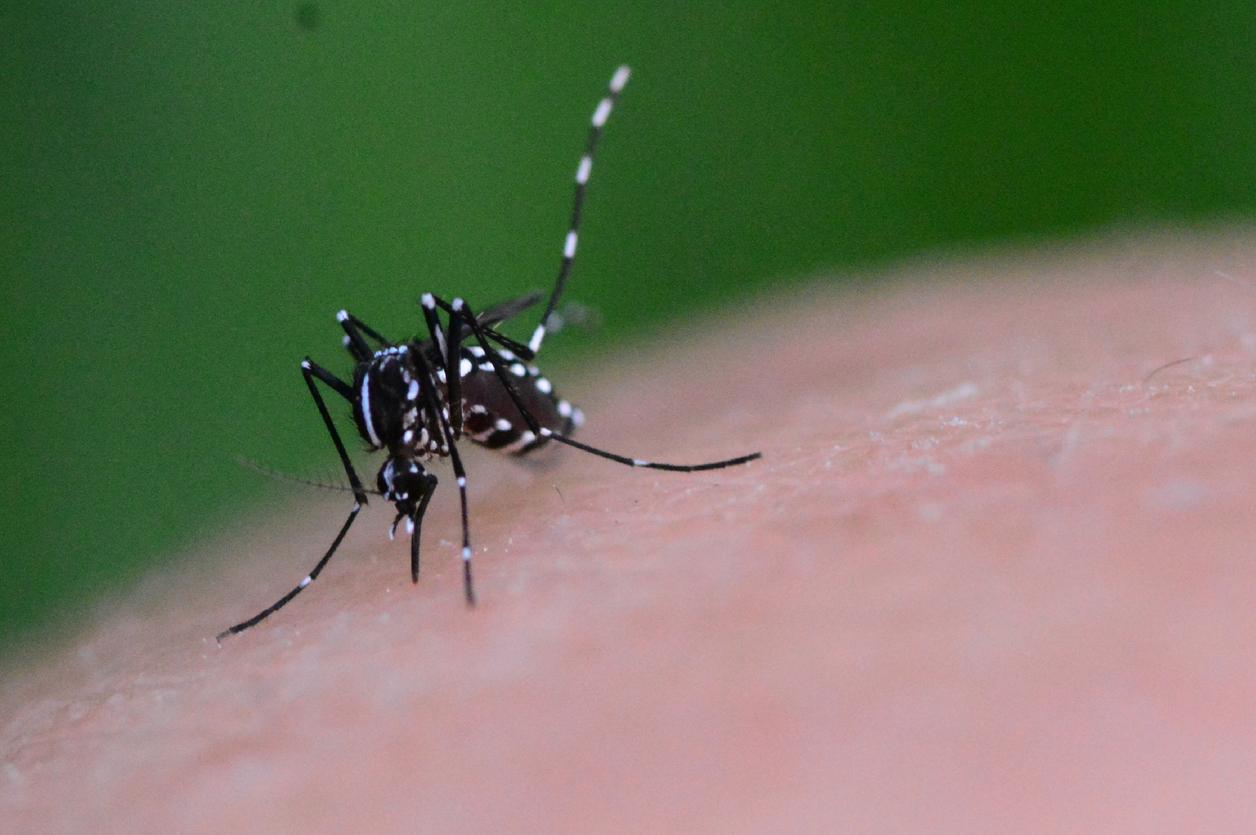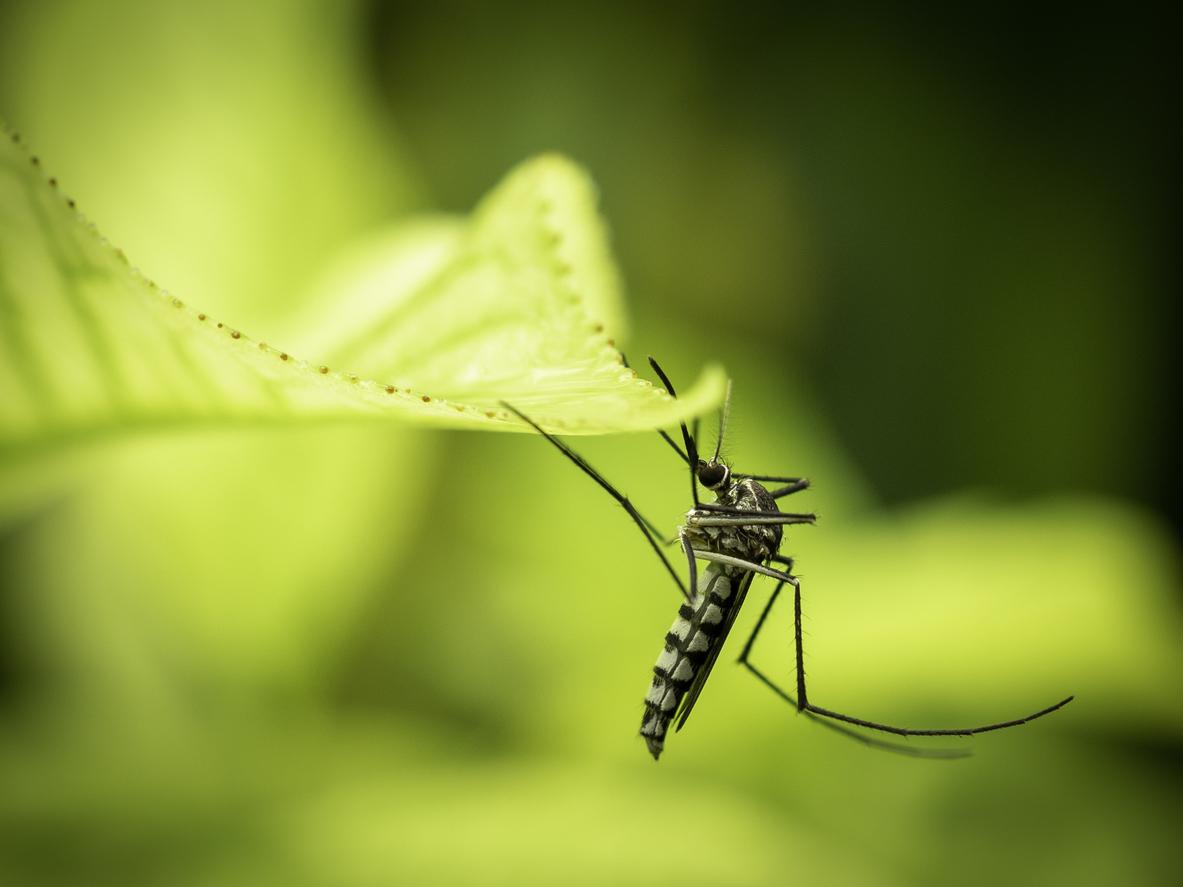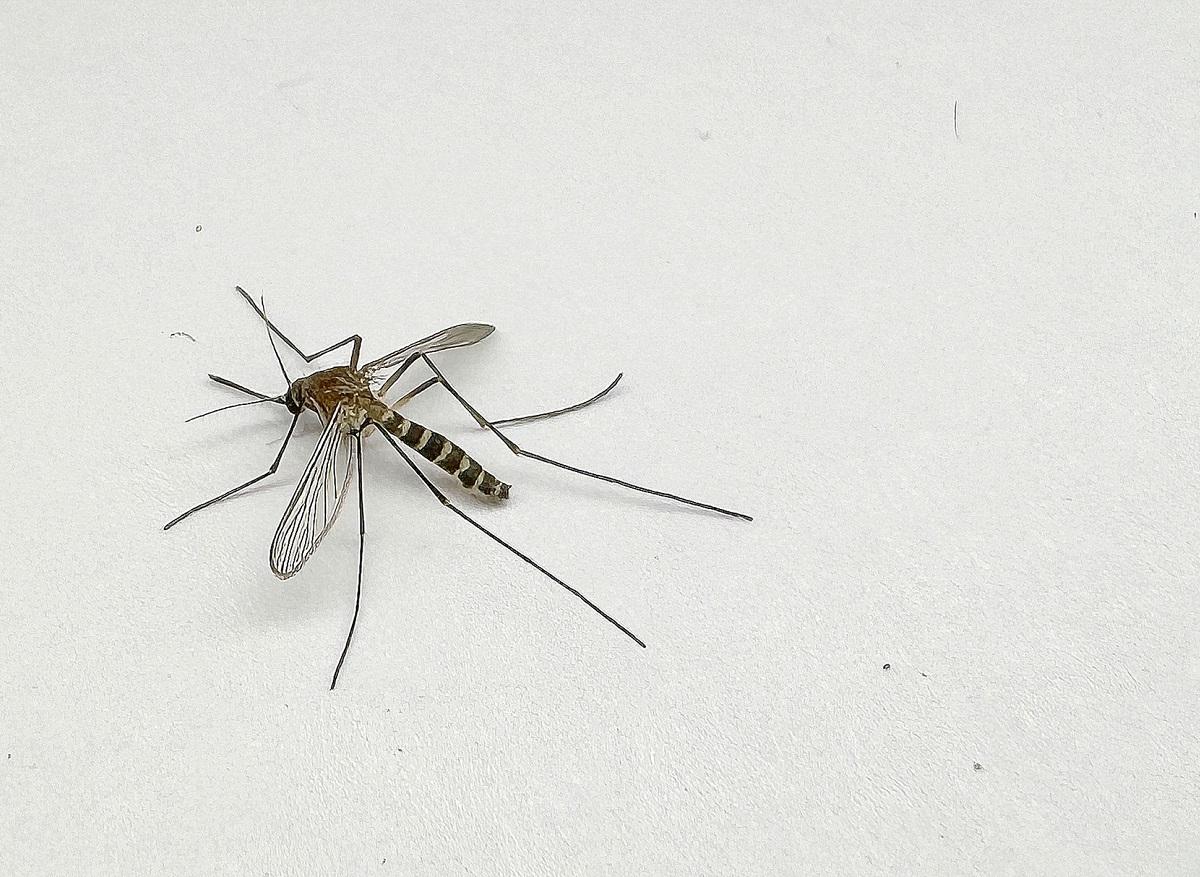The tiger mosquito is back in France: 62 departments are concerned, among which 42 are in red vigilance and 20 in orange vigilance. What diseases can it transmit to humans? How to protect yourself from it?

Mosquito vigilance alert on the presence in at least 42 departments of France, of the tiger mosquito, known to transport and transmit to humans dengue viruses, Chikungunya and Zika. The six departments of the Provence-Alpes-Côte-d’Azur region, as well as the southern half of France, are placed in red vigilance.
The Hauts de Seine, the Aisne, the Hautes Alpes, the Hautes Pyrénées, Ariège, Lozère, Indre, Maine-et-Loire and Corrèze were also “colonized”, specifies the site. Overall, the colonization of French territory by this mosquito is increasingly rapid and now concerns 62 departments (42 in red vigilance, 20 in orange vigilance).
What is the risk in the event of an injection?
For the moment a simple bite that itches. Because our tiger mosquitoes are not yet infected with chikungunia and dengue viruses, like their cousins in the tropics. Clearly the bombers are lined up on the runway but they are not yet carrying bombs.
However, the risk is real, especially if you are traveling. The tiger mosquito is also a vector of Zika, present since October 2015 in Colombia, Guatemala, Mexico, Panama, Paraguay, Venezuela, Brazil, Honduras, Senegal, Ivory Coast and Burkina Faso. During a bite, the mosquito contaminates itself by taking the virus (whatever it is) from the blood of an infected person. The virus then multiplies in the mosquito which may, during another bite, transmit the virus to a new person.
What is dengue?
Dengue fever, also called “tropical flu”, is a tropical hemorrhagic fever linked to an arbovirus, transmitted by the bite of a female tiger mosquito only. The World Health Organization (WHO) estimates the number of annual cases in the world at 50 million, including 500,000 cases of “hemorrhagic” dengue, ie which are fatal in more than 2.5% of cases. . Dengue is initially present in the tropics and subtropics of the world.
Symptoms appear 3 to 14 days (on average 4 to 7 days) after the infective bite. A flu syndrome is then observed affecting infants, young children and adults. There is no specific treatment. While dengue haemorrhagic fever is a life-threatening complication, early clinical diagnosis and prompt clinical management often save lives.
As the Health Organization (WHO) points out, “more than 70% of the disease burden attributable to this disease is found in Southeast Asia and the Western Pacific. In Latin America and the Caribbean, Both the incidence and severity of the disease have increased rapidly in recent years. Africa and the eastern Mediterranean have also experienced more epidemic outbreaks in the past decade. ” Lately, pally 1,300 cases of dengue have been confirmed in the north, west and south of Réunion since January 1, 2018
What is chikungunya?
Chikungunya is a viral disease also transmitted by the bite of a tiger mosquito. The name “chikungunya” comes from a verb in the Kimakonde language which means “to become crooked” in reference to the hunched appearance of those who suffer from joint pain. Indeed, theChikungunya is characterized by the sudden onset of fever, often accompanied by joint pain (often debilitating, but usually disappears after a few days or weeks).
Myalgia, headache, nausea, fatigue and rash have also been observed. Most patients recover well, but in some cases, joint pain persists for several months or even years. But let’s be honest, this remains theoretical in mainland France and the risks are extremely low for the moment.
How to recognize and protect yourself from the tiger mosquito?
Know already that the tiger mosquito is smaller than a 1 cent coin: it measures only a few millimeters and has a fairly slow flight that allows it to be crushed in flight. If you take a closer look you will see that it is black with white stripes on its legs and abdomen, earning it its nickname the tiger mosquito.
Used to being born in small gites (plants retaining water), it was able to easily colonize all kinds of larval sites offered to it by the urban and peri-urban environment such as cups under flower pots, watering cans, old tires, etc. blocked gutters, etc…. The best solution to better protect yourself is to empty all these small “water reservoirs” or to renew them at least once a week, according to Vigilance-Mosquitoes. Opt for long, light clothes, use repellent lotions early in the morning and at the end of the day, mosquito nets impregnated with repellents or even fences on the openings of houses.
.







